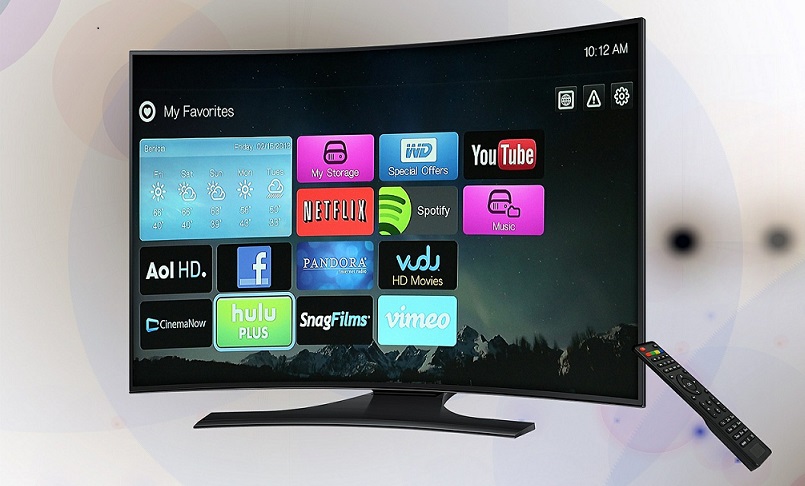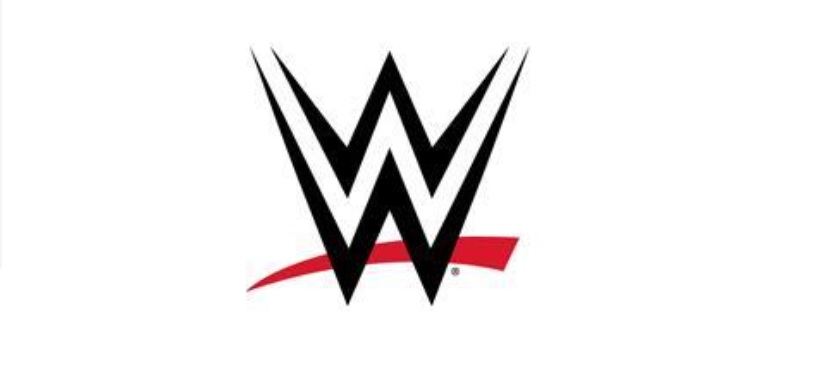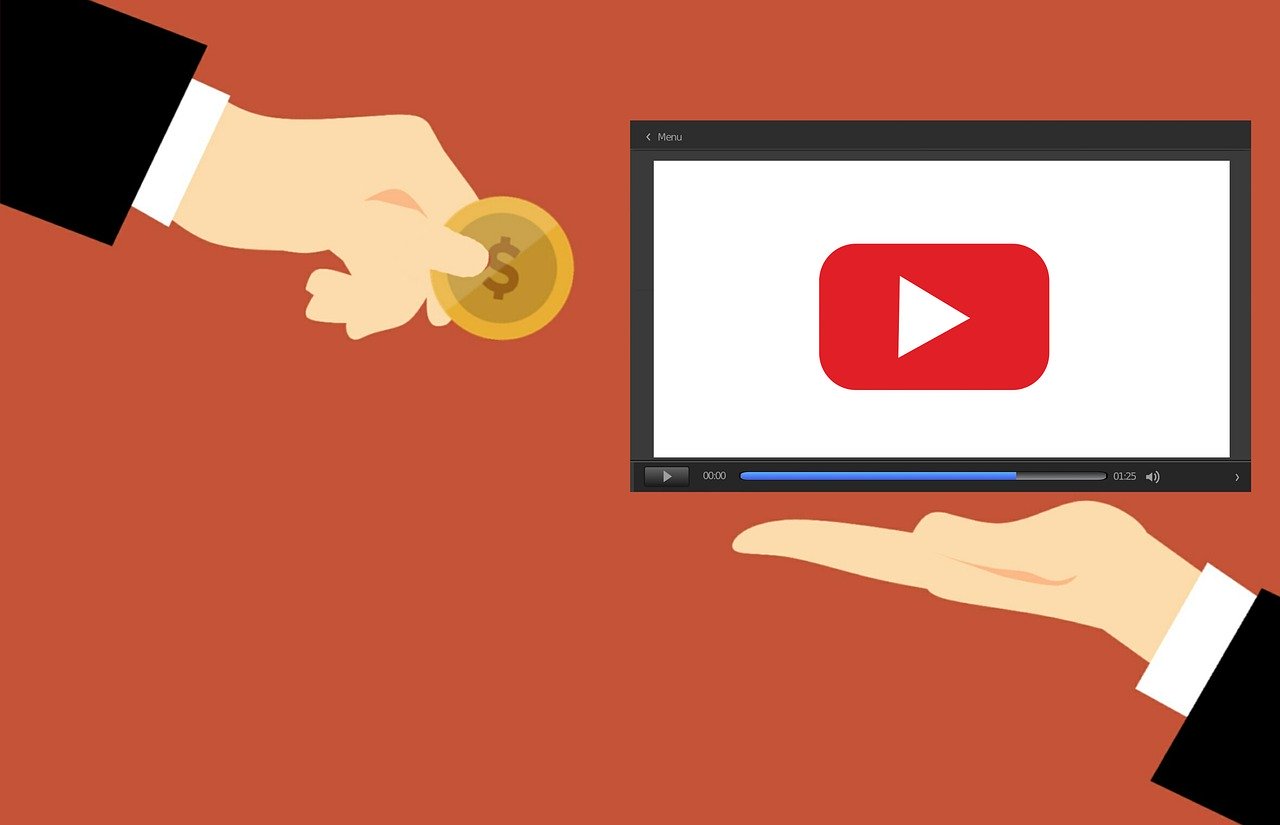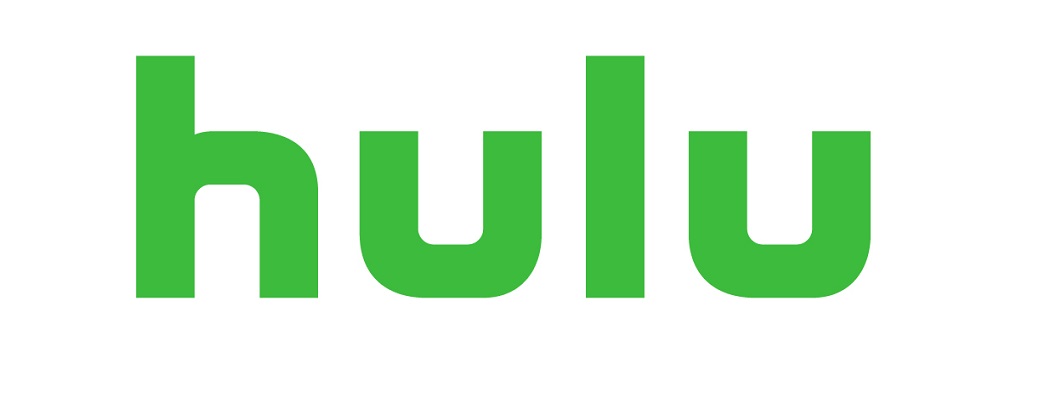Your next TV will be a smart TV. It’s almost a certainty. On a recent trip to Walmart, I was taken aback by the number of even small TV’s 28 inches and smaller, that happened to also have the Roku OS or Fire TV OS built-in.
But just because the TV you purchase has apps does not mean that there is no need for a streaming device. At least not if you want to have the most content choices possible on your TV.
The smart TV market changed a lot when Roku decided to get in on the game. Before Roku teamed with TCL to launch TVs with Roku’s iconic system built-in most smart TV’s were tied to specific manufacturers. Roku, instead of manufacturing TVs, partnered with multiple brands to sell its operating system to companies that did not have the interest, capital or talent to develop their own, which has led to Roku becoming the most common smart TV operating system in the US despite none of Rokus TV partners leading the industry in sales. As Roku began finding success, Google who had been in the Smart TVspace for years rolled out partnerships with companies like Sony to bring Android TV directly to sets followed by Amazon who began to partner with manufacturers to do the same thing before recently building their own TVs as well.
The change in the industry over the past 8 years has meant that smart TVs are now not just affordable they are ubiquitous. So this means that pretty much any TV you buy will have an app store. So if you want to stream you no longer need to buy a streaming box or dongle.
But you should.
Why have both?
Because you should give yourself the ability to have the most options possible. If you are a household with multiple brands of connected devices having multiple streaming options worked into the TV gives users the ultimate media experience. This may not be typical but I have an Android phone, an iPad a Chromebook, a windows laptop and a Chromebook. To be fair I am a technology journalist. So I understand that not everyone may have or even need the various different things that I do. But understand, an iPad or iPhone can be a powerful TV media player in the hands of somebody who has a modern Roku. Why? Because it can easily use AirPlay and Mirroring to beam anything to the TV screen. But what if you have an Android device? Android devices link up to Android and Google TV operating systems to use Google Cast or what’s referred to as Chromecast built-in to allow users to send almost any video from their phones, tablets, and even Chrome browsers on a computer to the TV. But Roku does not have that capability.
So do you want to be able to watch virtually any video available whether it comes from a built- in-app or only exists on the most obscure websites in the world? If so, here is what you need. A combination of Android TV and Roku. There is no product that has both built-in so you have to tag-team it. This means either purchasing a TV with Android TV or Google TV built-in and using a Roku device or having a Roku-powered TV with an Android TV or Google TV-powered device.
I find that the most effective way to set up this kind of system is with an Android TV/Google TV-powered set, with a separate Roku device. We use Roku as the primary TV interface via a Roku soundbar plugged into the ARC port of a Hisense Android TV. The reason we go with Roku as the primary is because we found that the more apps and programs downloaded to the TV itself the more we ran into small problems with the controls of the TV itself. But in general, the ability to be able to jump from a Roku environment to launching content via the Chromecast function makes the whole thing feel built-in. The reason it works so well is because of a technology called CEC (Consumer Electronics Control) the TV recognizes the Roku and switches to the assigned HDMI port automatically.
This is all very technical so I will explain it in a more simple way. Most TVs are set up so that whatever connected device is engaged at the time shows up on the screen. And because Roku remotes on high-end devices can be used to control the basic functions of a TV you virtually never have to leave the Roku screen to do anything if you do not want to. And even when you use the Chromecast streaming built into the TV if you end the video by pressing the home button on the Roku remote the TV will revert right back to the Roku.
Being able to access Chromecast Streaming, Apple AirPlay, on-screen browsers and two app stores gives users the freedom to see anything they want. And that does not even factor in the ability to side-load apps, even alternative app stores onto the Android TV. If one chooses to add a Fire TV stick to the mix they have what I would consider the holy trinity of streaming. There will not be any content on the planet that you can’t watch on TV. It also shelters users from the fights between app developers and platforms. So FOX pulls its apps off Roku, big deal. Watch them on the Fire TV Stick or Android TV. HBO Max won’t deal with Roku and Amazon big deal get the app from the play store. Get it? Users like this didn’t miss out on Peacock when it wasn’t playing nice with Amazon and Roku.
Now is this the most simple streaming setup? Nope. Not at all. Would I recommend everyone set things up this way? Again, no not really. For beginners, it would probably be a big confusing mess. For instance, my grandma recently needed a new TV. I picked out a TCL Roku TV. She’s not going to use AirPlay much less shoot video from a Chromebook or PC to her television. But boy, when you need that capability and have it, it pays off big time. How often do I use this kind of thing? Occasionally. But I am always thrilled when it solves a problem.
So take that or leave it. Home entertainment is all about personal or family needs. But you will thank me for that advice when your favorite app can’t be found on one device but is available on another.






